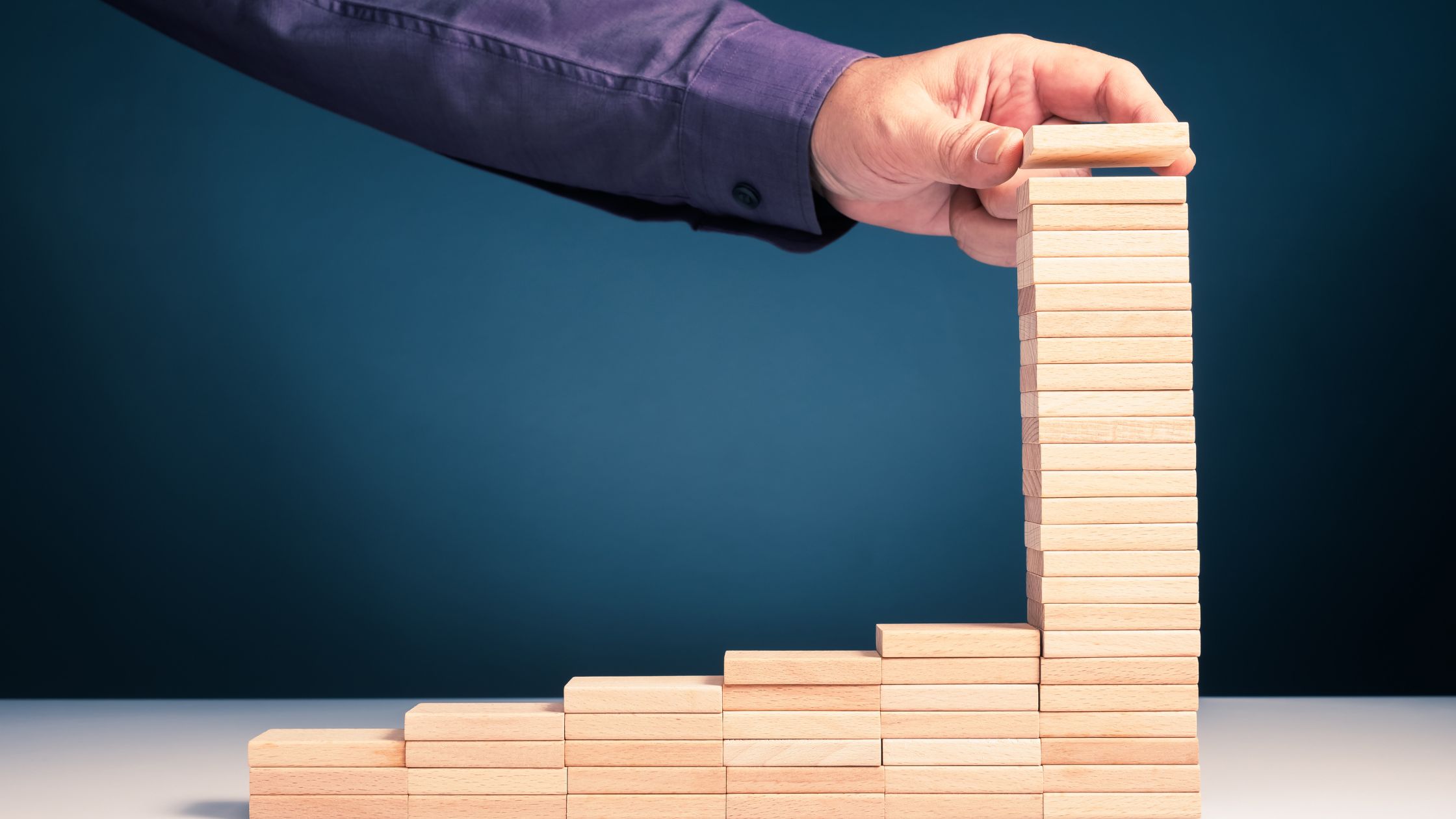By Bricksave Admin | Bricksave
June 10, 2022
News > Blog Article > Compound growth: the key to a …

Market downturns caused by a combination of the coronavirus pandemic, rising inflation, and the sky-high cost of living – amplified by Russia’s invasion of Ukraine – mean that all signs are pointing to a recession. Year-over-year GDP growth declined from 12.2% in the second quarter of 2021 to 3.5% in the first quarter of this year, and the Dow is on its longest weekly losing streak since 1923. At a time of such heightened economic and market uncertainty, concerned investors will likely be seeking out steady and reliable growth for their investments.
For many, compound growth is considered the answer. Year on year, compound growth can offer investors higher returns, thanks to the earnings on the growth from the previous year. But it requires the investment of time as well as money - the longer the investment is held, the higher its growth potential. Since market volatility may dissuade investors from retaining their investments, compound growth requires a steady hand.
Compound growth is an option that may help to steer investors through troubled waters, offering opportunities for valuable gains over the long-term – and perhaps even while the wider market suffers.
In essence, compound growth is like growing a forest. Your trees can grow when planted by hand – like regular investments – or as seeds that have fallen from larger trees, which is comparable to compound growth. While compound interest offers interest on interest, compound growth offers returns upon returns, in addition to your original investment. Just like the ‘snowball effect’, compound growth builds steadily over time.
Consider a real-life example. $240,000 could be saved in two different ways. If you save $500 each month with an annual return rate of 6%, compounded monthly from the age of 25, you would have $1,000,724 by the time you are 65. But if you tried to catch up on your savings later, contributing $1,000 with the same annual rate return from the age of 45, you would have $464,361 at age 65. So, with compound growth, time is money.
Of compound interest, Albert Einstein once said: “[It] is the eighth wonder of the world. He who understands it, earns it; he who doesn't, pays it.” Successful investors know that they must harness the positive power of compounding, while also overcoming its dark side.
The challenges of compound growth certainly aren’t insurmountable, but they can be difficult. The dispersion of returns, which are variable returns that reflect a risky or volatile asset, can cause problems, as can the impact of negative returns. The latter is particularly prevalent at current; in a downward-trending market, compounding can result in longer-term returns that are less negative than the sum of the individual daily returns.
When investors stand on the right side of market trends, compounding works for them, both in up markets and down. The first step in overcoming compounding’s dark side is in determining whether the market is in a long-term or multi-year bull or bear trend – and then investing with that trend.
As an investment option that has been around longer than most, real estate offers one of the most effective means of building wealth – or compounding – over time. And there are plenty of ways to take advantage of real estate as a long-term market investment, whether via direct ownership, crowdfunding, or investment trusts. Each of these has negatives though – so it’s important to opt for the choice that works best for your financial circumstances.
Successful compound growth investors will likely advise that reinvesting your returns, rather than taking them as income, is the way to make your money grow – providing that positive markets mean the income being earned has the longevity to continue growing over the long term.
Investing in property is one of the best ways to compound your returns. In addition to potentially providing long-term rental returns, real estate values have an implied compound growth rate in their market values. For example, a property with a current value of $100,000 could be sold in five years for a value of $150,000 – a compound annual growth rate of 8.45%. And, thanks to rise of alternative ways of investing in real estate, such as crowdfunding, people can invest in properties with much smaller sums of money than the upfront property cost.
Investing in real estate is not reinventing the wheel. Often considered a long-term, buy-and-hold type of investment for compound growth, an investor who begins compounding real estate early may be able to generate significant wealth over the long term.
And even starting smaller can still prove fruitful, if investors are in it for the long haul. Investing small amounts at regular intervals can still offer tangible compound growth, providing the markets are right.
At Bricksave, we give people the opportunity to invest in global real estate for as little as $1000. It only takes a few minutes to invest in a property; in no time, you could be generating compound growth with your investment. Find out more about investing with Bricksave here.
Investing carries risks, including loss of capital and illiquidity. Please read our Risk Warning before investing.